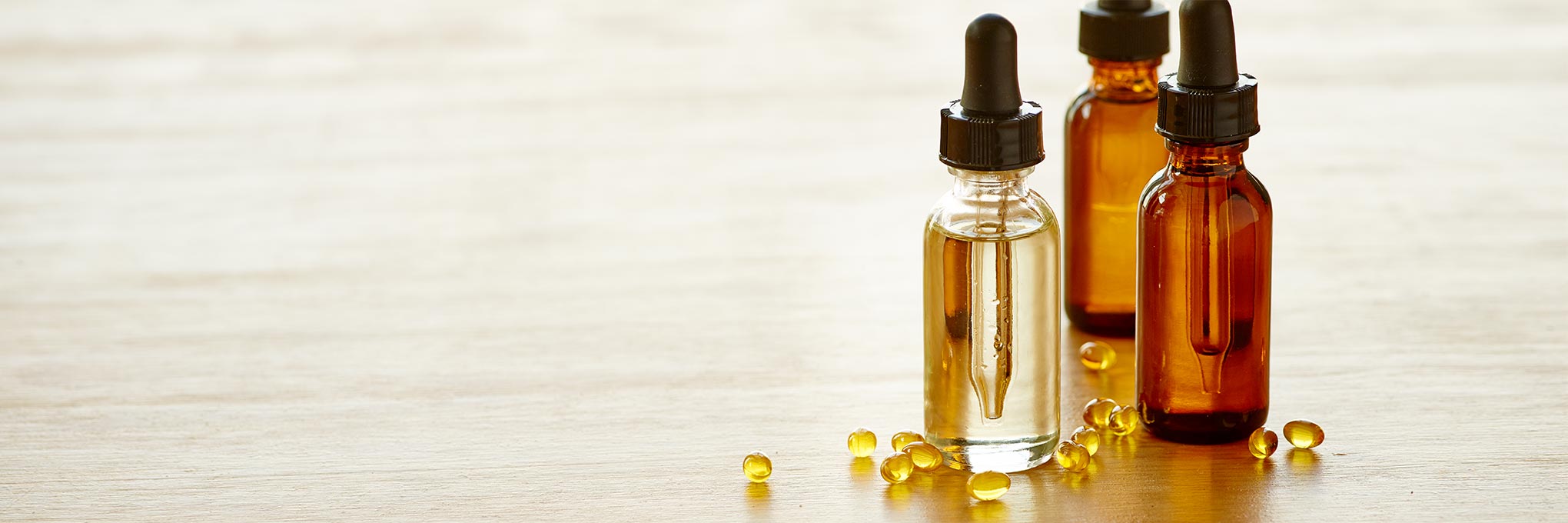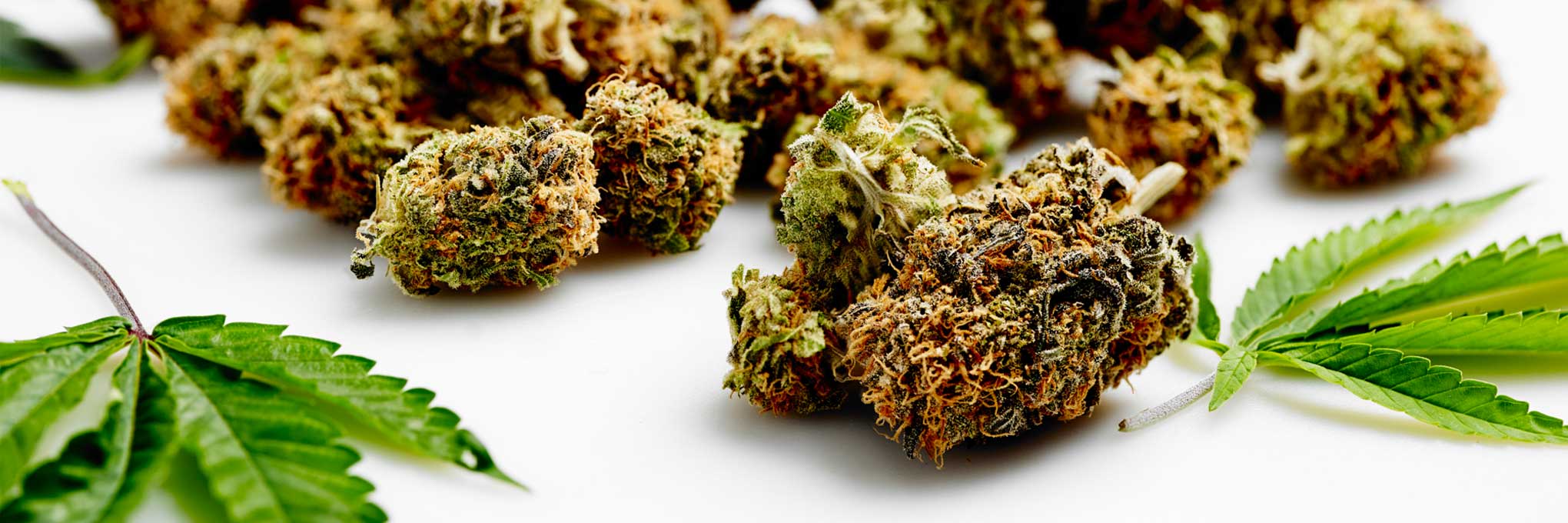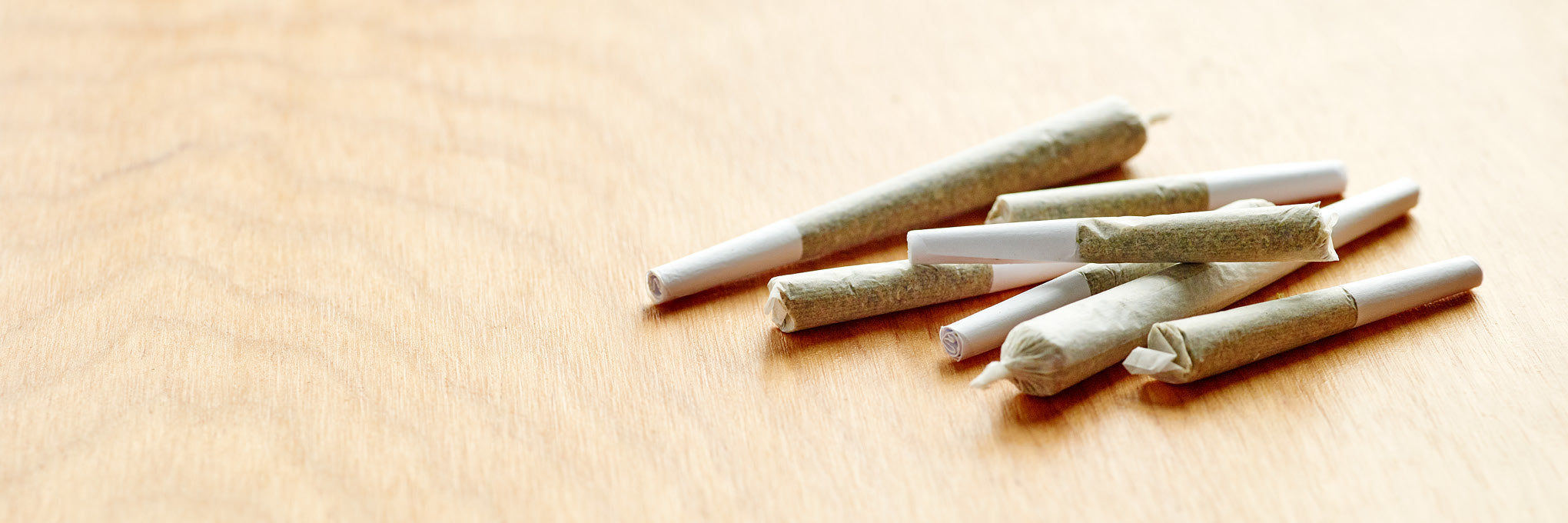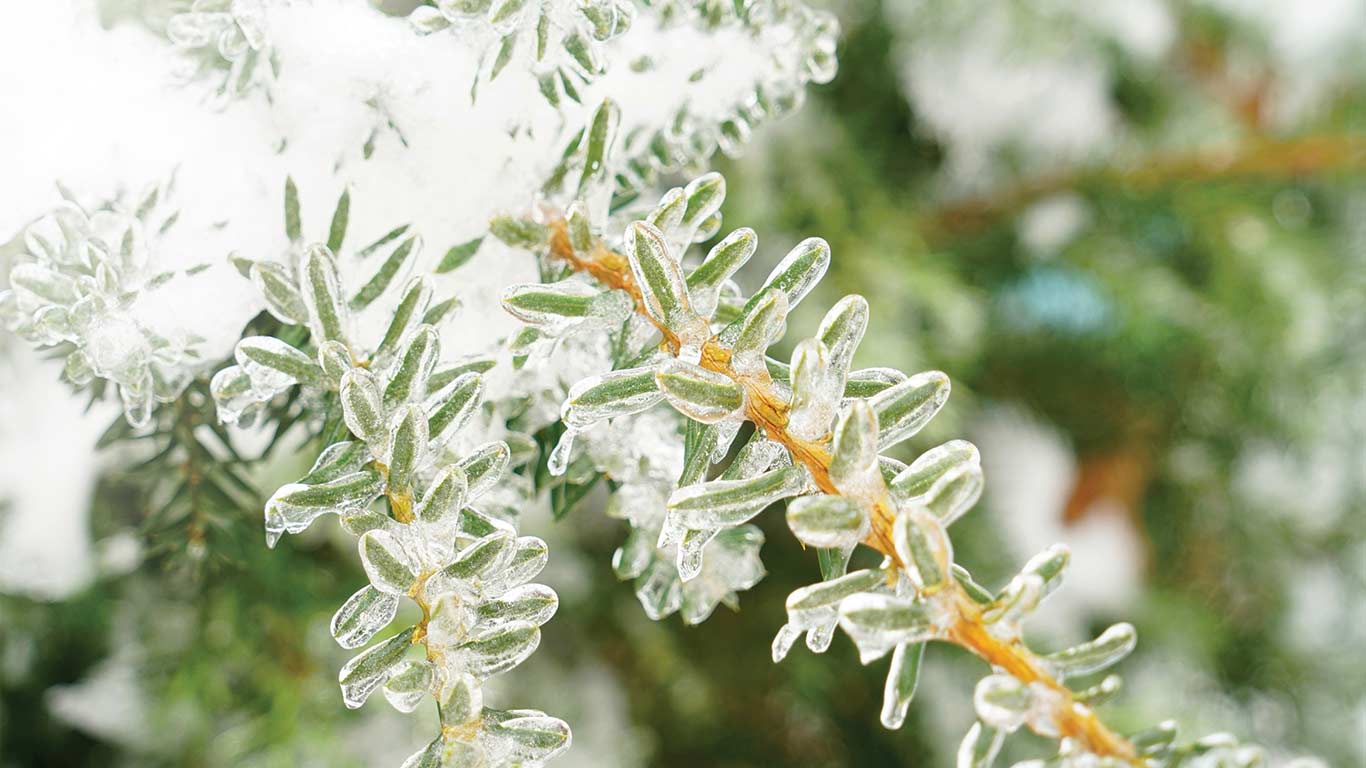

Deciphering THC and CBD content on non-medical cannabis product labels
Non-medical cannabis labels tell you a lot about the product you’re buying. The total amounts of the two most common cannabinoids, tetrahydrocannabinol (THC) and cannabinol (CBD) will help to inform you of what you may expect from the product you’ve purchased. However, the way this information is displayed differs slightly from one type of product (a pre-roll, for example) to the next (dried flower or an oil or capsule).
Lab-tested for THC and CBD
Non-medical cannabis products are lab-tested for cannabinoid content. Licensed producers are required by Health Canada and the Cannabis Act to display these amounts on all packaging. Each product’s label displays the overall weight or volume of the product, and the product’s THC and CBD content.
While a terpene profile is not required to be displayed on packaging, this information is available in BC Cannabis Stores and on our online store website.
Dried flower
Two percentages are displayed on the label of dried flower products. The first percentage displays the amount of THC and CBD in the non-medical cannabis as it is packaged. It represents the trace amounts of THC and CBD present in the flower due to UV light exposure, time, and the process of drying and curing the cannabis to preserve freshness and prepare it for sale.

The second percentage indicates the total percentage of THC and CBD when consumed and accounts for the entire process of decarboxylation, which occurs when the dried flower is heated by smoking or vaping. This range gives you a better idea of what to expect when consuming the product.

These percentages are based on a weight-by-weight measurement of cannabinoids in relation to the total weight of the non-medical cannabis. For example, if a product is 10 percent total THC, and you buy three grams, then 30 milligrams (or 0.03 of a gram) of that product will be THC.
Oils and capsules
Labels on non-medical cannabis oils feature a concentration of THC and CBD as milligrams per millilitre (mg/ml), the carrier oil used, as well as any potential allergens. As per Health Canada guidelines, oil products cannot contain more than 30 mg/ml of THC; however, there is no current limit on CBD.
The labels for oil-based capsules differ slightly, showing the milligrams of THC and CBD per capsule. Health Canada has limited THC to 10 milligrams per capsule. Like oils, there is currently no limit on the amount of CBD.

Pre-rolls
Unlike dried flower, pre-rolls are labelled to show the content of THC and CBD in milligrams per unit, as opposed to a percentage. A little math is required to determine the total percentage of THC and CBD in a pre-roll. You must divide the amount of total THC or CBD per unit by the total weight of the product. Both amounts must be in milligrams so be sure to convert the weight of the product to milligrams (pre-rolls are either 0.5 or one gram in size.)
For example, if a pre-roll contains 0.5 grams of cannabis and the total THC listed is 52.5 milligrams, your equation would look like this:
52.5 milligrams of THC divided by 500 milligrams (or 0.5 grams) of dried cannabis = 0.105 = 10.5%

Recycling
Curious about how to recycle your packaging? At BC Cannabis Stores, our employees and customers are passionate about the environment. We’ve heard your concerns about the amount of packaging, so we’ve created a guide to packaging regulations and ways that you can help us ensure waste is being recycled. Find it here.





